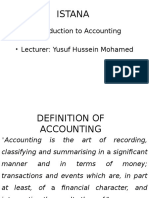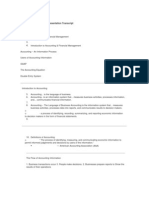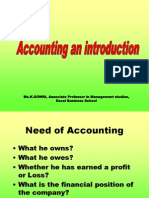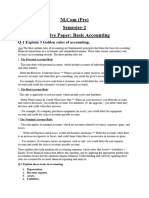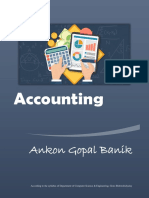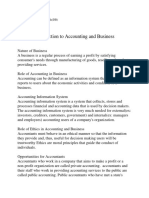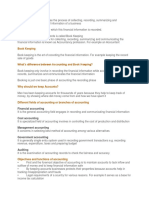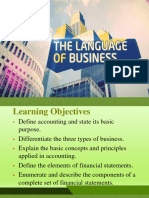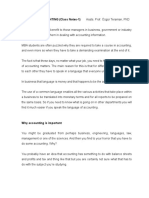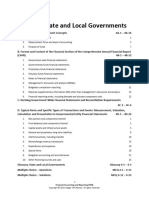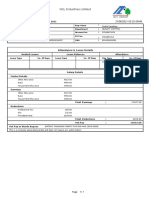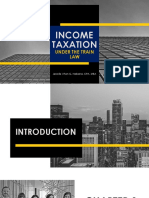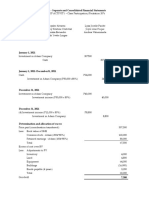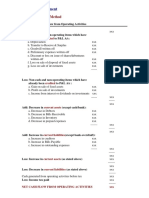0% found this document useful (0 votes)
16 views10 pagesLecture Sheet 2
Accounting is an information system that measures, processes, and communicates financial information to aid decision-making. Users of accounting information include business managers, investors, creditors, and regulatory agencies, categorized into internal, external, and public groups. The document also outlines key concepts such as assets, liabilities, owner's equity, and the accounting equation, along with various branches of accounting and the rules for determining debits and credits.
Uploaded by
ibulawn7890Copyright
© © All Rights Reserved
We take content rights seriously. If you suspect this is your content, claim it here.
Available Formats
Download as PDF, TXT or read online on Scribd
0% found this document useful (0 votes)
16 views10 pagesLecture Sheet 2
Accounting is an information system that measures, processes, and communicates financial information to aid decision-making. Users of accounting information include business managers, investors, creditors, and regulatory agencies, categorized into internal, external, and public groups. The document also outlines key concepts such as assets, liabilities, owner's equity, and the accounting equation, along with various branches of accounting and the rules for determining debits and credits.
Uploaded by
ibulawn7890Copyright
© © All Rights Reserved
We take content rights seriously. If you suspect this is your content, claim it here.
Available Formats
Download as PDF, TXT or read online on Scribd
/ 10





